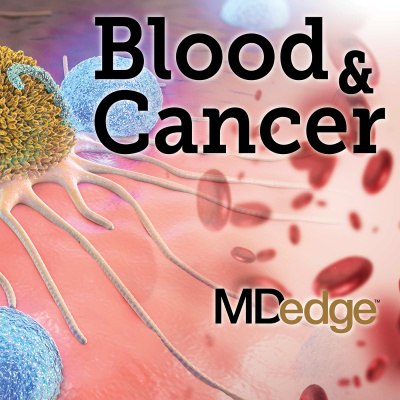Blood & Cancer
Treatment approaches in AML
- Autor: Vários
- Narrador: Vários
- Editor: Podcast
- Duración: 0:32:54
- Mas informaciones
Informações:
Sinopsis
A diagnosis of acute myeloid leukemia (AML) was once an emergency, requiring immediate treatment. Today, the need to start treatment is still urgent, but many patients can benefit by waiting a few days for testing to reveal a fuller picture of the disease. That’s the advice of James M. Foran, MD, of the Mayo Clinic. He joins Blood & Cancer host David H. Henry, MD, of the Pennsylvania Hospital, Philadelphia, to walk through some patient scenarios and the newest treatment options. In Clinical Correlation, Ilana Yurkiewicz, MD, of Stanford (Calif.) University, talks about what patients do and do not remember from their visits. Practice points: Rapid testing results can drive important choices in the initial treatment of AML. Adjunctive therapies may improve survival by 7%-20% in appropriate patients. Although a total work-up may take up to 2 weeks, new research suggests it is feasible to get rapid sequencing/cytogenetic testing and assign treatment within 7 days. Treatment varies: Daunorubicin and cytarabi



